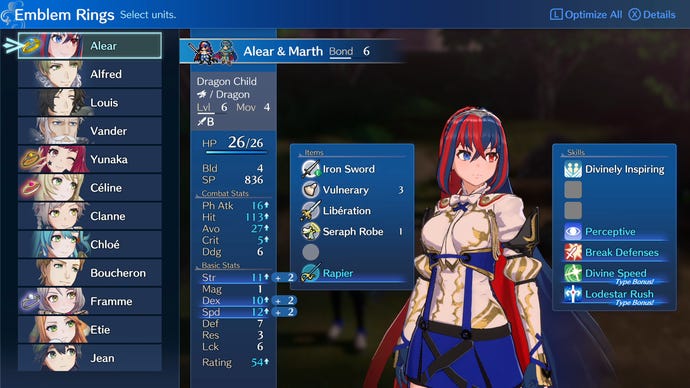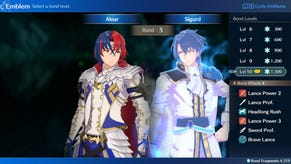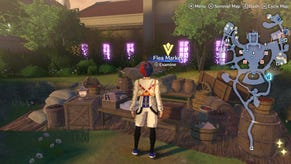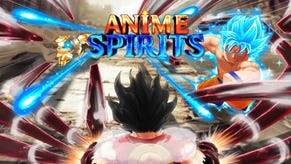Fire Emblem Engage Stats guide: What every Unit Stat does
The strategy combat in Fire Emblem Engage is deep - and the first step to mastering it is understanding the unit stats that power it.
Fire Emblem Engage is a full-blown, full-fat RPG, and is actually quite a bit more in-depth in terms of its strategy battling than the previous entry in the series. As such, you’ll need to be more considerate of your methods for forging a path to victory - and a huge part of finding that success is in understanding the Unit Stats that you’ll be working with.
If you’re a Fire Emblem veteran or just big on your RPGs in general, some of these stats will be familiar to you. However, Units in Fire Emblem have a hell of a lot of stats to think about - and some of them have rather obtuse names, or worse, obtuse shortened versions that show up in the menu.
So. Wondering what ‘Bld’ is, or ‘Avo’? Or even one of the more traditional ones, like ‘Ddg’ or ‘Dex’? We’re here to help you to work through it.
Fire Emblem Engage Stats Explained
In short, the majority of the stats are likely things you're familiar with. There's the obvious ones like HP, STR (Strength), and Mag (Magic) - but because of the complexities of the grid-based combat of Fire Emblem Engage, there's also some more stats than you might find in other RPGs that on a superficial level seem quite similar.
A lot of these stats interplay with each other - so, for instance, the Spd (Speed) stat has a direct impact on the Avo (Avoid) stat, and so on. None of this is deathly complicated, however. Once you understand what each and every stat means, the systems sort of naturally fall into place and it becomes a lot easier to strategize.
Understanding the stats is important because every character has slightly different stat growth which makes them more suitable for certain roles - and that will then have a direct effect on which weapon upgrades you do and when, and where you're equipping Emblem Rings. So, first step to strategy greatness: understand your units! The table below will help you to do that.
| Menu Name | Full Name | Stat Meaning |
|---|---|---|
| Lvl | Level | Your character level. Duh. |
| Mov | Movement | How many spaces the unit can move per turn. |
| HP | Hit Points | Your Health Stat. Determines how much damage you can take. |
| Bld | Build | How much weight a unit can carry without incurring a penalty to other stats. This determines how heavy a weapon a given unit can carry. |
| SP | Skill Points | Used for the process of inheriting Emblem Skills. |
| Ph Atk | Physical Attack | Determines attack power for physical weapons and skills. |
| Hit | Hit Rate | Used in the calculation to determine the chance of an attack landing or missing. |
| Avo | Avoid Rate | Used to calculate the chance of you dodging an incoming attack. |
| Crit | Critical Rate | Used to calculate how often the unit will land a Critical Hit (Crit), dealing triple the damage. |
| Ddg | Dodge Rate | The inverse of the above, used to calculate how likely you are to avoid an incoming Crit. |
| Str | Strength | Helps determine how much damage a unit's physical attacks do. |
| Mag | Magic | Helps determine how much damage a unit's magical attacks do. |
| Dex | Dexterity | Used in the calculation for Hit and Crit chance; higher is better. |
| Spd | Speed | A character's speed is a factor in their Avo rate, plus can allow characters to attack twice in a row if they're much faster than their target. |
| Def | Defense | Helps determine the damage taken from physical attacks. |
| Res | Resistance | Helps determine the damage taken from magical attacks. |
| Lck | Luck | Nebulous by design, Luck impacts various stats, including how likely you are to suffer a crit from an enemy. |
| Rating | Rating | An overall power rating of the unit based on all of their other stats. |

















